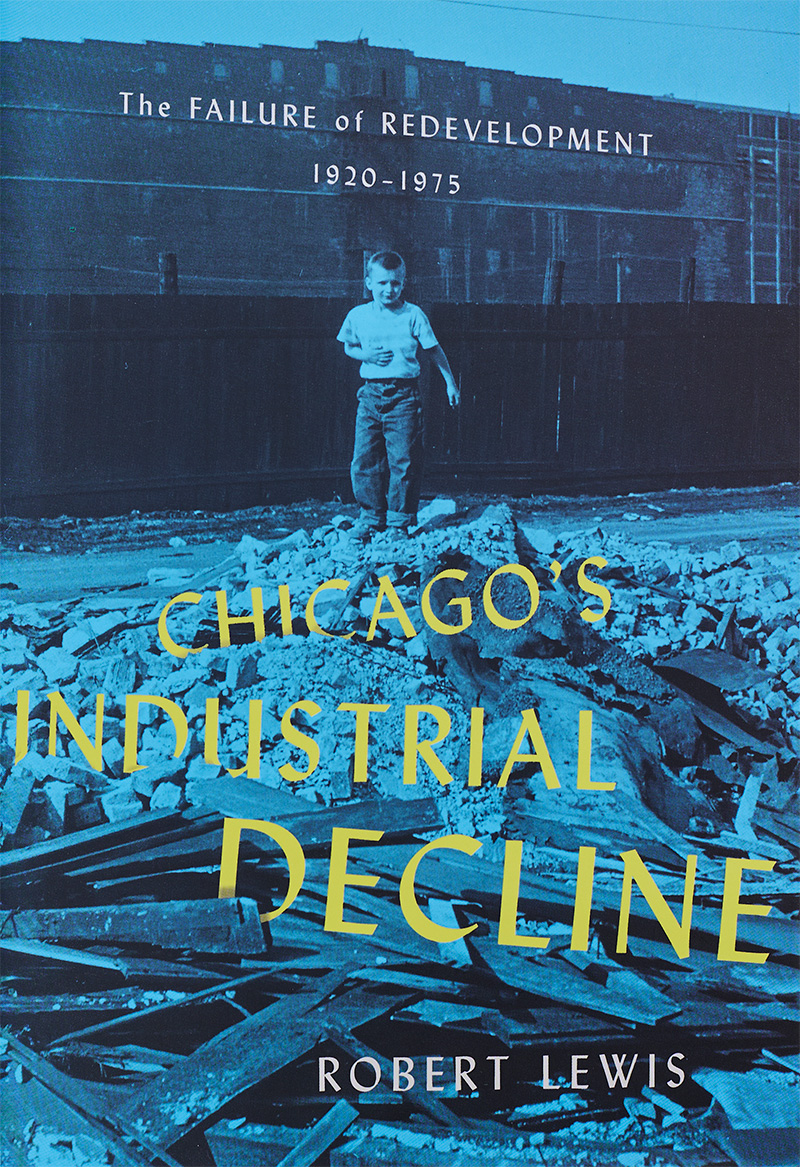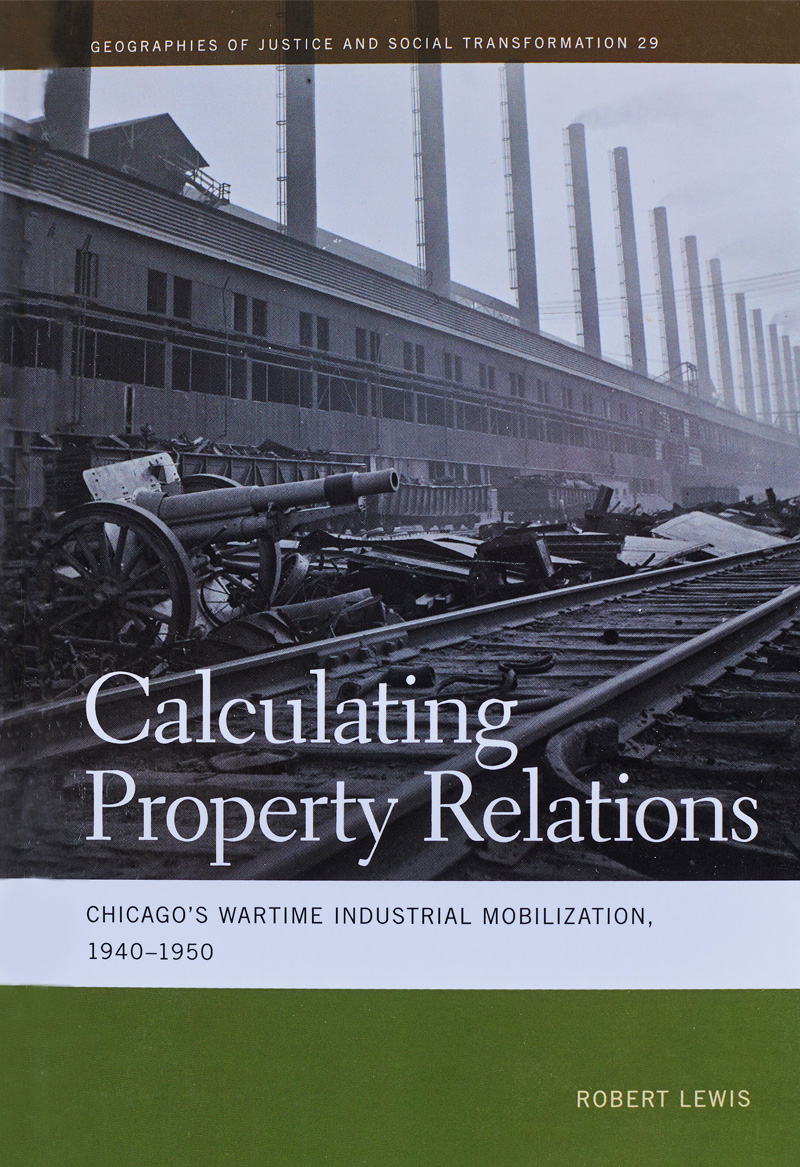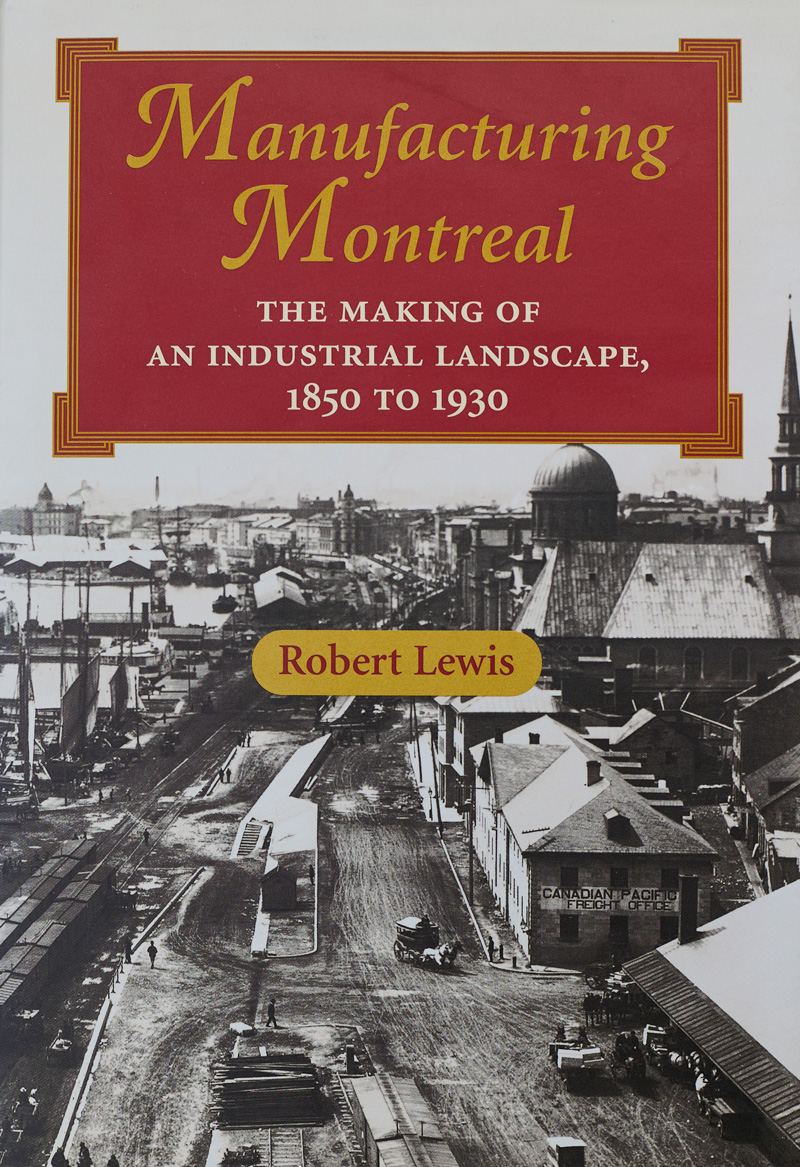
CHICAGO’S INDUSTRIAL DECLINE
The Failure of Redevelopment, 1920–1975
Ithaca: Cornell University Press, 2020
My recent book deals with the deindustrialization of the City of Chicago and the creation of an array of industrial redevelopment programs. Beginning in the 1940s and led by local politicians, downtown business interest, financial institutions, and real estate groups, place-dependent organizations in Chicago implemented several industrial renewal initiatives with the dual purpose of stopping factory closings and attracting new firms in order to turn blighted property into modern industrial sites. At the same time, a more powerful coalition sought to adapt the urban fabric to appeal to middle-class consumption and residential living. These two aims were never well integrated, and the result was on-going disinvestment and the inexorable decline of Chicago’s industrial space. By the 1950s, it was evident that the early incarnation of the growth machine had failed to maintain Chicago’s economic center in industry. The city’s industrial decline was fueled by the competition for business from other locations, residential development from the suburbs in the Chicagoland region, and the deep incoherence of post-WWII economic policy and urban planning. The result was the hollowing out of the city’s manufacturing base, the expansion of the industry in the suburbs, and the building of a postindustrial city on the ruins of the industrial city.

CALCULATING PROPERTY RELATIONS
Chicago’s Wartime Industrial Mobilization, 1940-1950
Athens: University of Georgia Press, 2016
Calculating Property Relations considers the creation of state-funded factories during World War II and the impact of their disposal for private industry in the immediate postwar period. Using a rich trove of material-drawn from research on more than six hundred federally funded wartime industrial sites in metropolitan Chicago I make three points. First, the relationship of the key institutions of the military-industrial complex was refashioned by their calculative actions on industrial property. The imperatives of war forced the federal state and the military to become involved in industrial matters in an entirely new manner. Second, federal and military investment in defense factories had an enormous effect on the region’s industrial geography. The channeling of industrial capital into sprawling plants on the urban fringe shaped the metropolitan geographies of manufacturing. Third, the success of industrial mobilization was made possible through the multi-scale relations of national and locational interaction. National policy could only be realized by the placing of these relations at the local level. I show how the interests of developers, factory engineers, corporate executives, politicians, unions, and the working class were intimately bound up with industrial space. Offering a local perspective on a city permanently shaped by national events, this book explores questions related to the dynamics of wartime mobilization, the calculative actions of political and business leaders, the social relations of property, and the making of industrial space.

CHICAGO MADE
Factory Networks and the Industrial Metropolis, 1865-1940
Chicago: University of Chicago Press, 2008
This book examines the relationship between industrial networks and the building of the metropolitan landscape. The book demonstrates the importance for metropolitan Chicago of a complex set of networks between local manufacturers, wholesalers, land developers and others. It documents the formation of metropolitan flows of manufacturing capital, labor, information, expertise and products throughout the metropolitan district. Several themes run through the book: the establishment and growth of organizations and their relationship to the making of a metropolitan industrial landscape; the cyclical layering of the city and the ensuing complicated relationship between different metropolitan spaces; the significant but changing set of inter-firm relationships; and the recursive nature of working-class and factory district formation.

MANUFACTURING MONTREAL
The Making of an Industrial Landscape, 1850-1930
Baltimore: John Hopkins University Press, 2000
In Manufacturing Montreal, I provide a historical geographic account of a major North American city’s industrial landscape from the beginnings of industrialization to the Great Depression. In this book I challenge the traditional view that industrial decentralization was a twentieth-century phenomenon. Through a detailed examination of archival and city records, I demonstrate that the process of industrial suburbanization has been ongoing since the 1850s. The focus is on the role that utilities, transportation, technological change, investment, the politics of land use, and labor markets had in the making of Montreal’s factory districts. I argue that the imperatives of industrial capitalism periodically reshaped the manufacturing geography of Montreal, as it did in many other North American cities. Time and again, the establishment of factories on the urban fringe in areas such as St-Henri and Maisonneuve shaped the social geography of the city by creating working-class residential neighborhood alongside the suburban factory districts.